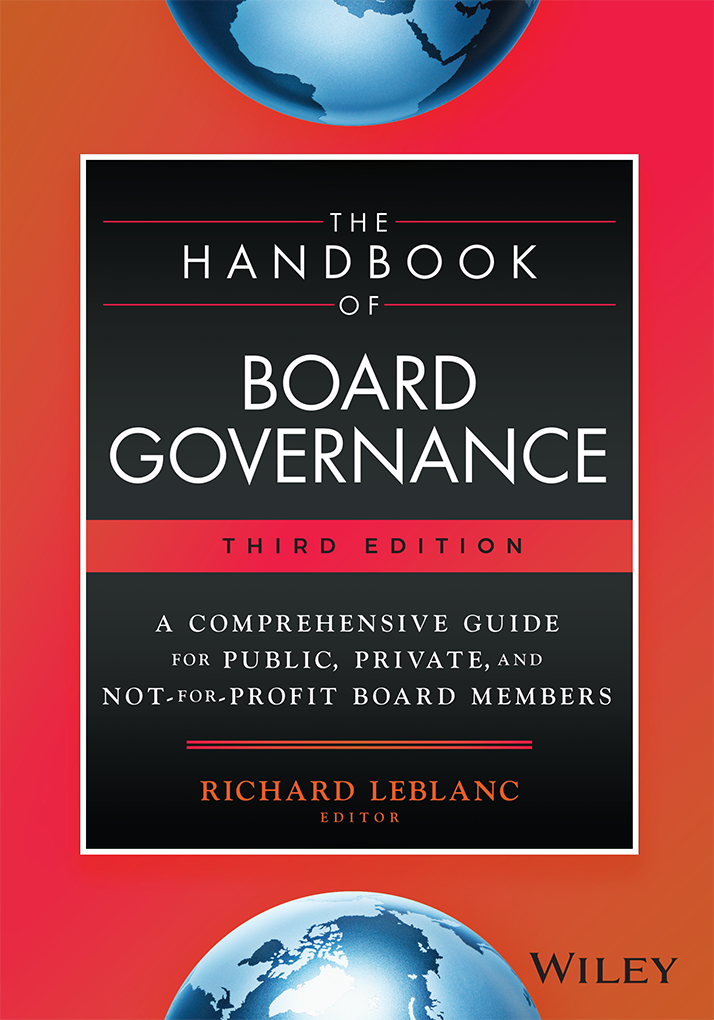I was interviewed by BNN where I said that what proponents for the split of CEO and Chair at JP Morgan had going against them this week was that the stock was up 50% and that the split would occur to an incumbent CEO, Jamie Dimon, as opposed to a new CEO, where the decision to split the roles by a board is easier.
Shareholders have spoken and the vote was almost a third in favor of having a separate Chair and CEO. However the risk committee directors received less than 60% support for their continued tenure on the board.
What are we to take from this, from a governance and accountability perspective?
First, the directors who received less than 60% should all be replaced. New directors should demonstrably possess solid risk and banking expertise – including a full understanding of complex derivatives – to sit on a board of this type. Management, including the Chairman, should have no say whatsoever as to who these directors are. Indeed the incumbent board should look to shareholders for suggestions.
Second, there is not a single new argument in the lead up to the chair-CEO vote that was not already mentioned in the Canadian context when Canadian banks ten years ago had combined roles, but now have separate chairs. I remember many bank chair-CEOs making impassioned arguments as to why they should keep the chair role, with the “support” of their boards. Shareholders and regulators eventually won this battle.
Share price or a threat to leave by Mr. Dimon is likely what swayed shareholders away from voting more fully for the split.
These are both troubling from a governance perspective. Directors should be free and empowered to take decisions that are best for the company and shareholders in the long term – decisions that may even result in short term share price decline. Share price also reflects multiple inputs, and it’s not certain that splitting the roles for governance purposes would affect share price irreparably.
Second, and more important, a CEO who threatens to leave is a red flag – or should be – for any board. It may signal lack of internal succession planning. No one is irreplaceable and the “leaving” card should be called by more boards – even in pay negotiations – through proper succession planning, that is to say internally ready candidates at all times.
Lastly, the decision of a separate chair vs. a lead director is vulnerable to the narrative that “it depends.” This is impenetrable and can reflect more ego, hubris and board capture. At some point, the decision on chair vs. lead director should be an objective standard, not subjective one. It is the same with standards for director independence.
There is a fundamental difference between a chair role and a lead director role. The chair role is stronger. Regulators should be more prescriptive and say the roles should be split as a matter of good governance and preventing a concentration of power absent accountability. They have done so in Canada and we have fared very well.
Posted by Richard Leblanc on May 23, 2013 at 3:59 pm in Board and Committee Leadership, Governance of Financial Institutions |












